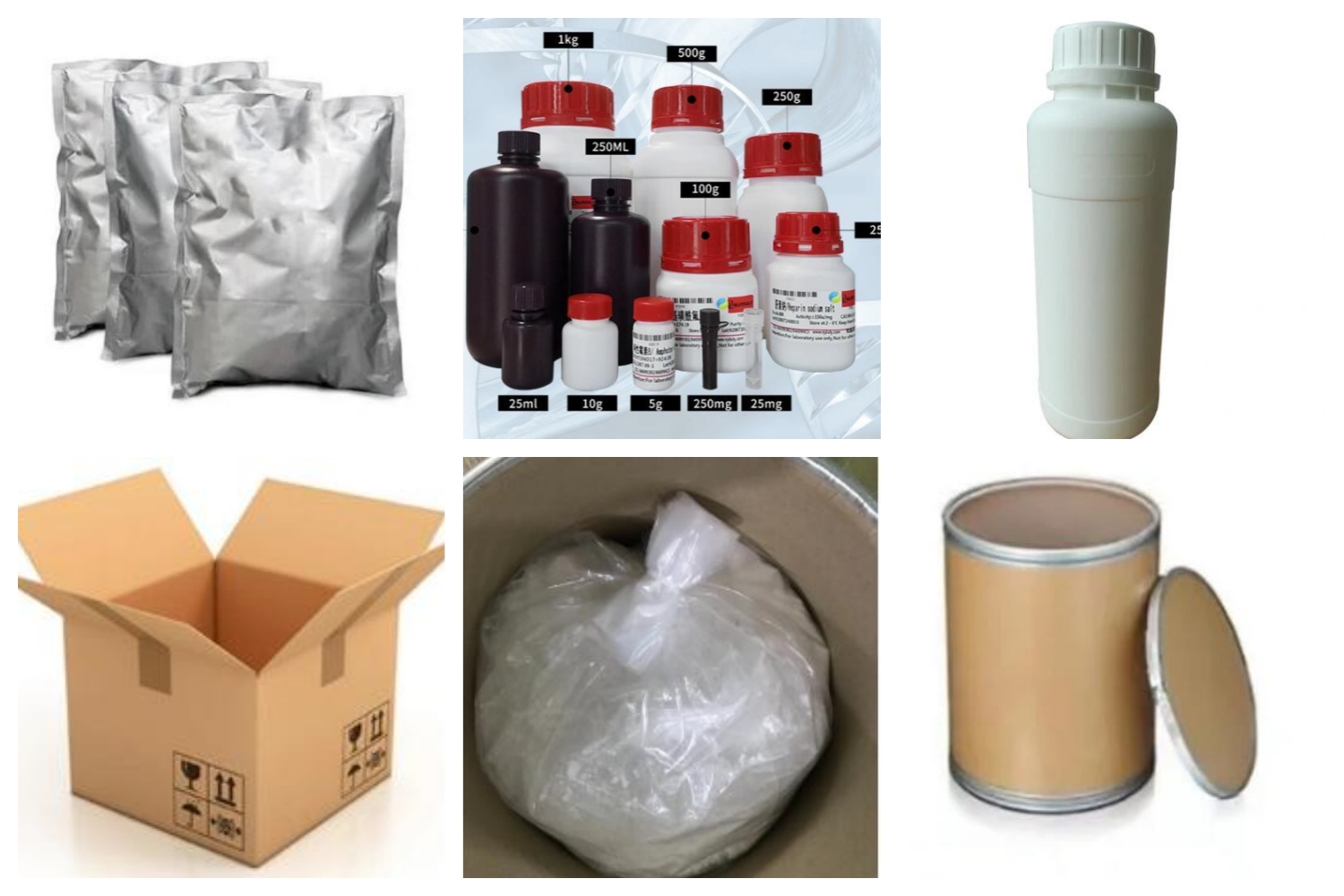Application and Effect
Cysteine Modification: Iodoacetamide reacts with free thiol groups in cysteine residues, forming a covalent bond with the cysteine sulfur. This modification helps in protein analysis by blocking cysteine residues and preventing undesired reactions or oxidation. Protein Digestion: Iodoacetamide is often used in protein digestion workflows for mass spectrometry analysis. It reacts with cysteine residues before enzymatic digestion, preventing unwanted disulfide bond formation and maintaining the protein in its reduced state. Proteomics Studies: Iodoacetamide is used in labeling strategies involving mass spectrometry-based proteomics. Through its reaction with cysteine residues, it enables the selective labeling and identification of cysteine-containing peptides. Protein Structural Studies: Iodoacetamide is used in structural studies to chemically modify cysteine residues and study their function and involvement in protein folding, binding, and conformational changes. It can also be useful in cross-linking experiments to map protein-protein interactions. Synthesis of Labeled Peptides: Iodoacetamide can be used to synthesize labeled peptides by modifying cysteine residues with isotopically labeled compounds, such as deuterium or carbon-13. These labeled peptides are then utilized in various research applications, including protein quantification and dynamics studies.Product Packing:

Additional Information:
| Composition | C2H4INO |
| Assay | 99% |
| Appearance | White powder |
| CAS No. | 144-48-9 |
| Packing | Small and bulk |
| Shelf Life | 2 years |
| Storage | Store in cool and dry area |
| Certification | ISO. |
